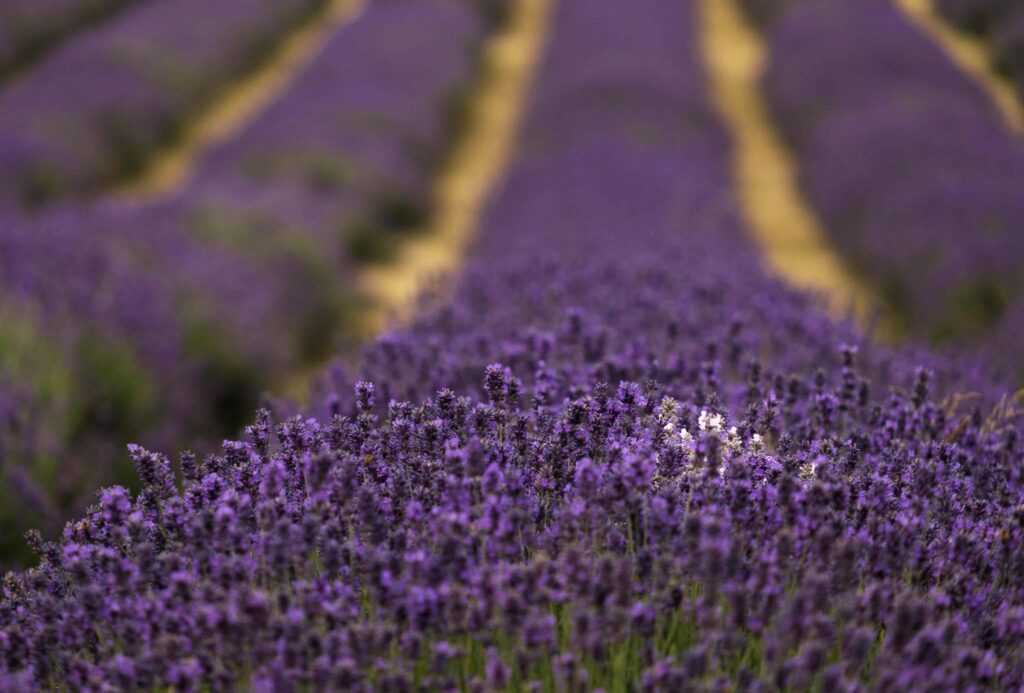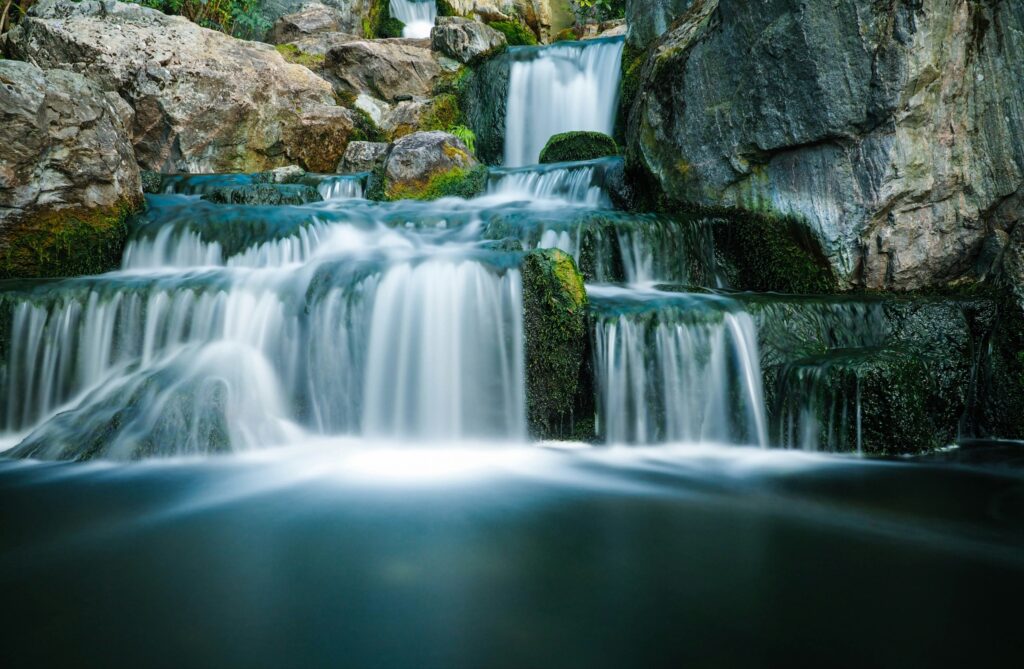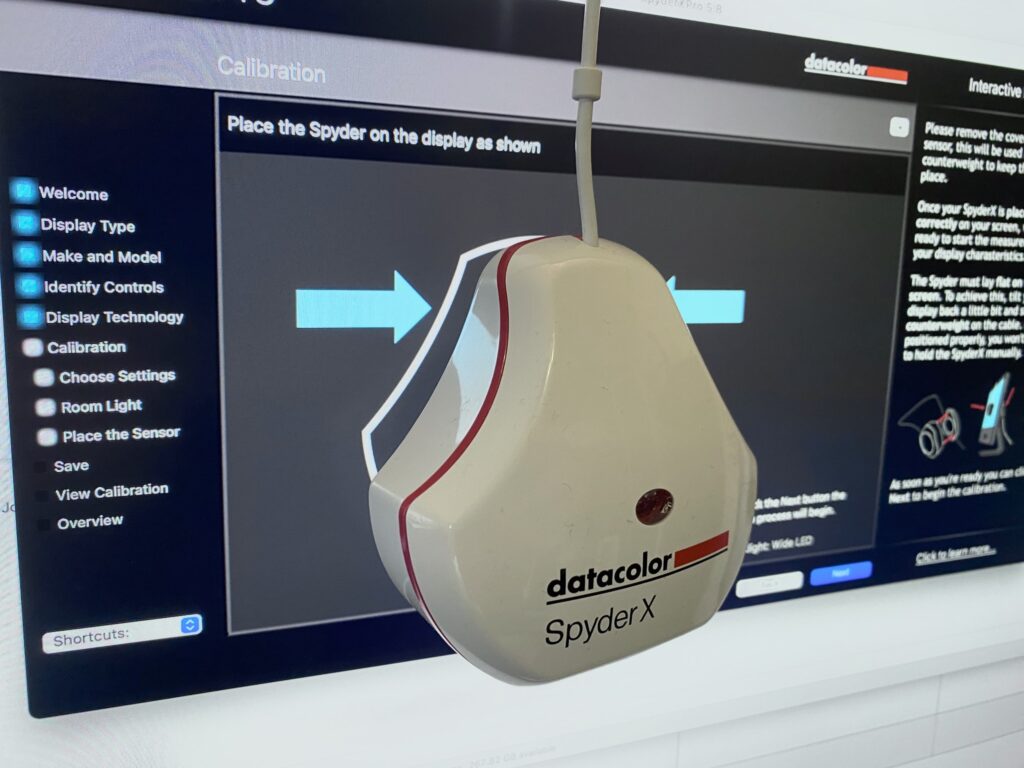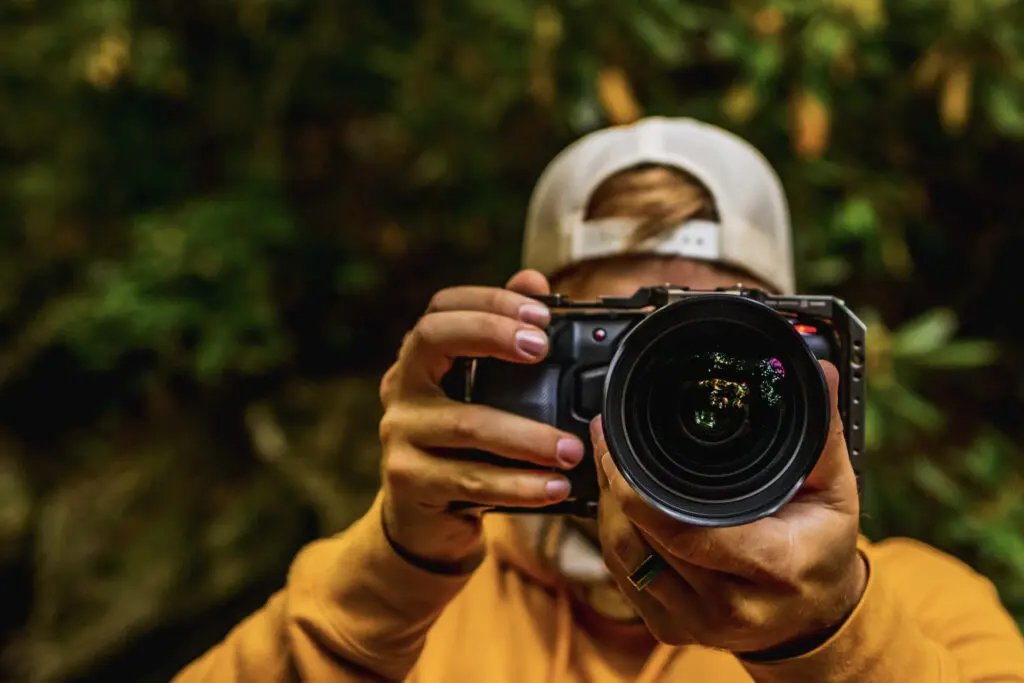What is an environment? A lot of people may not have a good understanding on an environment, but it is simply all the physical, chemical and biological factors surrounding a living being. This applies to all living and non-living things. Environmental photography is a popular and important genre in photography and in this article, we will discuss what environmental photography is, what is its purpose, its importance, and the various ways to photograph ana environment. There are also some tips to capture successful environmental photographs.
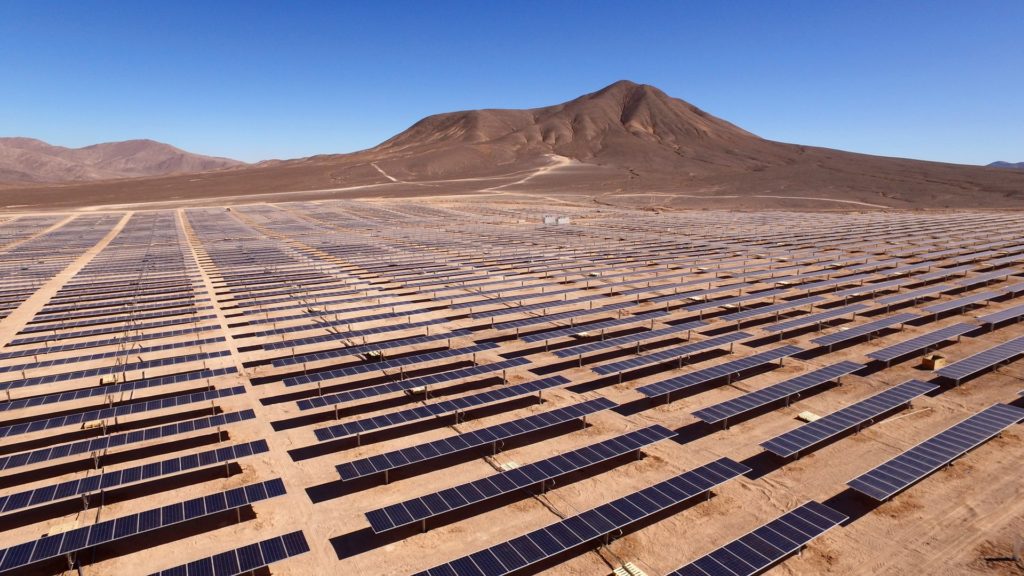
What Is Environmental Photography?
Environmental photography can seem quite confusing and challenging for some photographers but it is easy to photograph an environment once you know the importance and the story behind it. It can overlap most genres of photography and hence can be done by anyone who has some awareness and interest about their environment. You can be a photojournalist, landscape photographer, wildlife photographer or a research person, conservationist, etc., and capture environmental photographs.
An environmental photograph is a photograph that describes an environment, its happenings, scenes in and around it and it can be photographed in many ways and for many reasons, which we will discuss in this article. To explain in the simplest form, any photograph that you capture of an environment is called environmental photography, but make sure it is meaningful, addresses an issue, or tells a story, message.
Environmental photography is most often used as a tool to raise awareness and educate humans on the impact they cause on the environment. It plays a huge role in conservation and one of the biggest issues right now, which is climate change. Being a diverse genre, it helps to draw the attention of the audience across the planet to the issues the world faces every day.
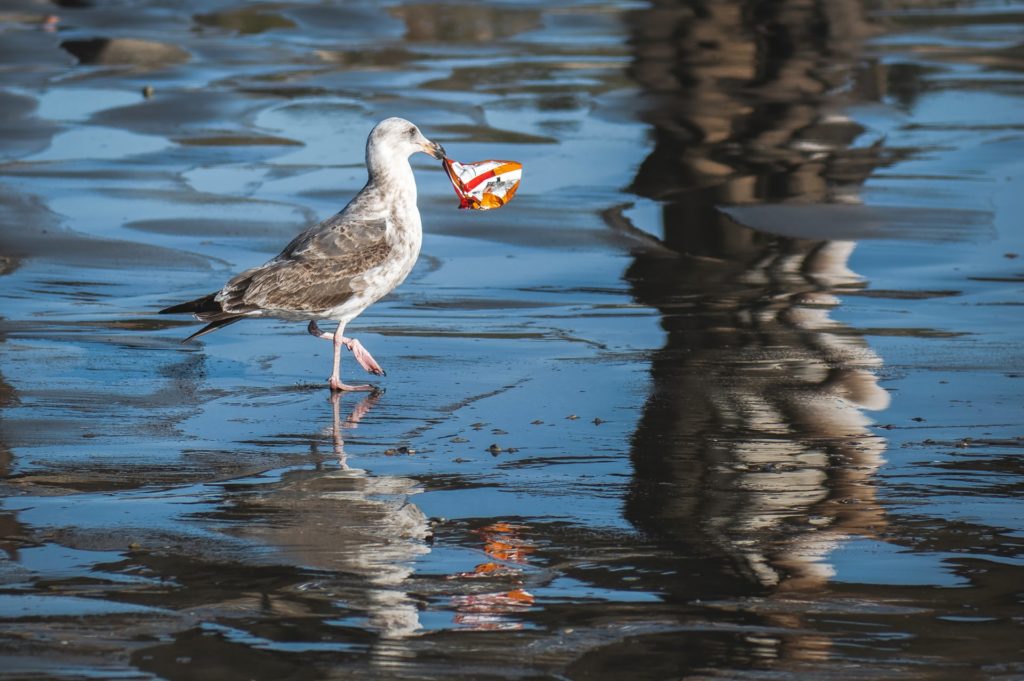
What Is The Purpose Of Environmental Photography?
It is not enough for photographers to just show the beautiful landscapes, pretty things, and animals around them, but also to show the reality in terms of threats to these living beings or even the improvements happening around us, so the public can be educated. This will also lead to the audience taking steps to rectify situations where required. It can all start with one small step.
Environmental photography can be done and will be helpful for various reasons such as research, monitoring the environment, creating awareness, sending out a message to the public, or purely for artistic purposes. A photographer when putting their heart into environmental issues can bring out the truth to a huge audience. If possible, the photographer can also suggest and gather suggestions that can be presented for action.
Through environmental photography, the photographer will be able to document the happenings or changes in a particular environment over a period of time. These photographs will remain as part of history for research, comparison, data, and other beneficial purposes that will help with plans to improve things for a better environment. It is not only the negative aspect that should be photographed, make sure to photograph developments, growth, improvements to show the changes happening as a result of natural phenomena or human actions.
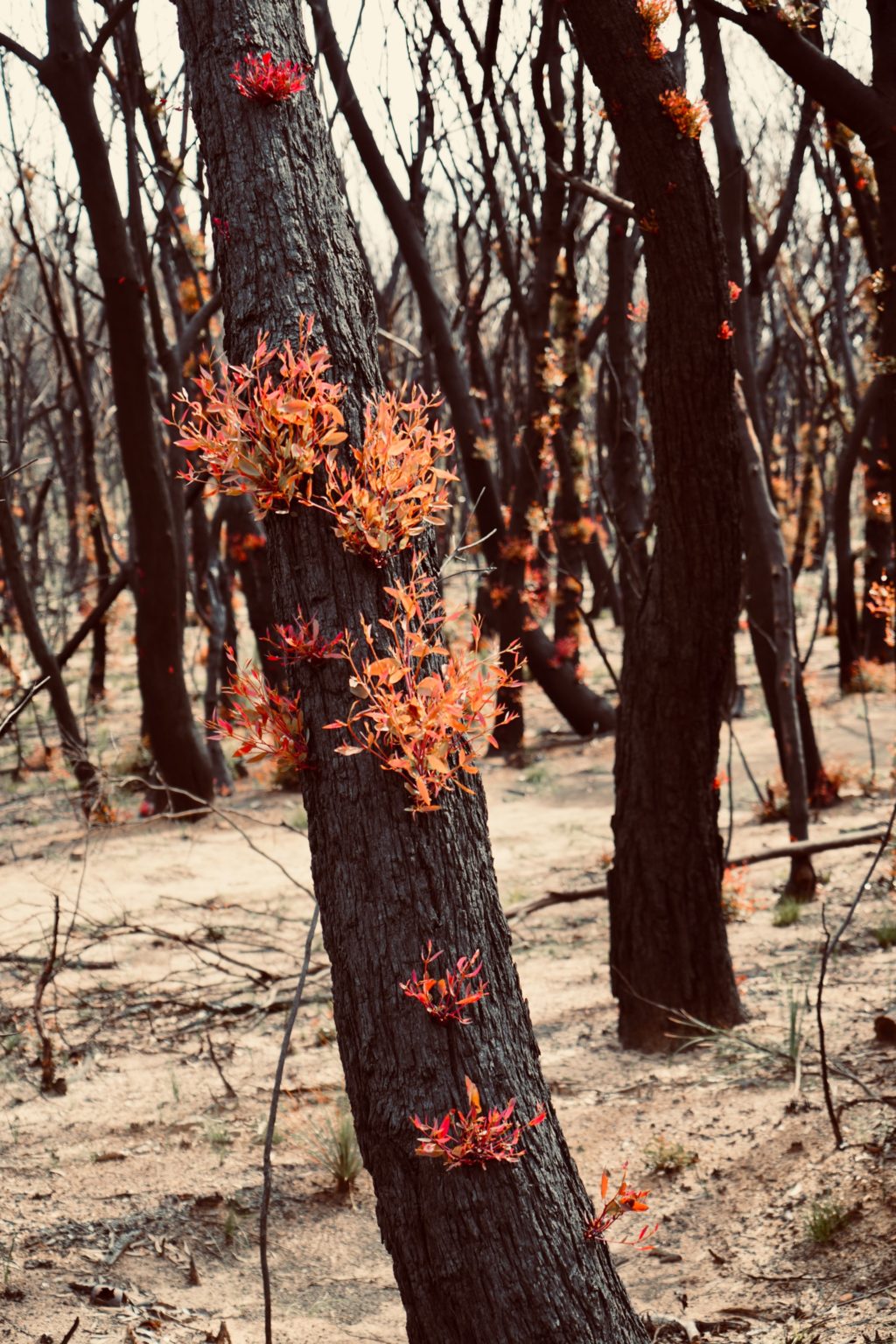
Why Is Environmental Photography Important?
Photography can be of great help and service to the environment if truly done with passion and purpose. It is through photography that one can bring to light so many environmental problems that happen around the world. Nothing can explain a situation, create an emotion or invoke a call to action, better than a photograph.
Photography when portrayed with meaning and message can become a powerful tool to communicate the environmental issues around us. Moreover, capturing environmental photographs continuously over a period of time, for example, months and years can bring to light the true effect of anything that is happening to the environment. This could be some sort of damage as a result of natural phenomena or human nature or recovery as a result of human effort.
In order to help with an environmental issue, you do not need to wait for people working for newspapers or magazines. You as a local photographer can create a tremendous impact on improving the situation by photographing it and presenting it to the public so needful actions can be taken. You will be able to provide a real-time representation of the happening in the local environments or the ones that you visit.
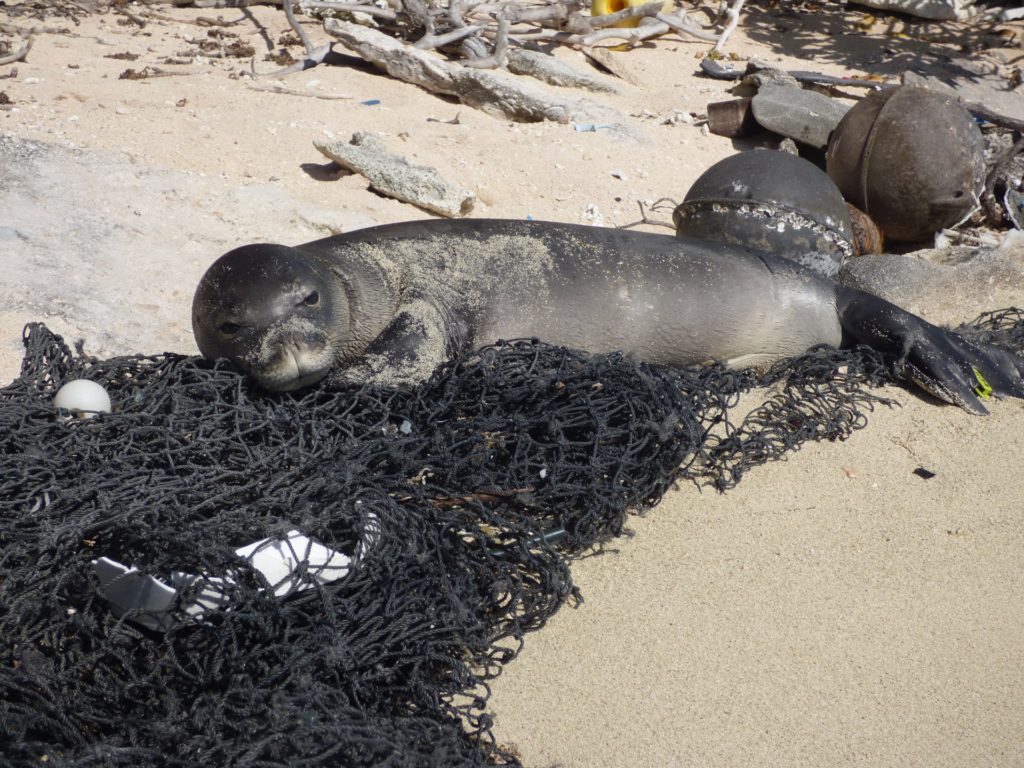
What Makes A Good Environmental Photo?
When photographing environments, you need to make a plan of what you want to photograph, why, and what you wish to show to your audience. This could be a location over a particular season, over a period of a few years, an issue that is happening currently, or anything that was caused as a result of an incident, either natural or not. Unless someone captures a photograph of an incident, it will not be available for others to see.
A photo taken of an environment that shows the story, evokes emotions, and helps call for action is a good environment photo. Find out how to capture a successful environment photograph by reading below!
How Do You Capture An Environmental Photograph Successfully?
Before capturing a successful environmental photograph, unless it is for artistic purposes, you will want to put in some effort into planning, researching to capture a meaningful and successful environmental photograph. Here are some tips!
- To start with, you can photograph locally and once you walk around looking, observing, and talking to people, you will come to know of the opportunities available and also the number of issues that remain unaddressed. Every little place on this planet needs to be looked after and preserved and hence even a small hidden location can be a great site for environmental photography.
- When you start small initially, everything that you photograph becomes important for example conservation of flora and fauna and history of the location. Always carry a camera in hand and if you do not have your camera, do not forget to photograph using the smartphone.
- Observe closely and do not forget to photograph macro subjects in their natural habitat. These also play a great role in preserving and enriching the environment.
- Planning is important when it comes to environmental photography. Before getting out to photograph, research thoroughly on the history of the environment, any danger if involved, permissions if required, and any other documentation if available. This information can be acquired through books, columns, reports, online journals and articles, previous works of photographers, journalists, and any other resource you can get hold of. This will give you an idea about the history of the location, its economic and political issues, and more on what has happened that has taken it to the condition (good or bad) that it is now.
- By researching and going through all information relating to environmental projects in your area of interest, you will be able to fill gaps that have already not been documented. Also by putting out your work to a greater audience, you will be surprised to see how educational, informative, and important it can be for someone in another part of the world. It can also help someone with a work they previously did in the same location or relating to the same issue, subject.
- When going into communities to photograph their environment, the photographer needs to be compassionate by being sensitive to the location and the people who live there. A great way to get the true message is to engage with the community, their culture and work, listen to the people in and around that area and get an understanding of the story from their perspective. Also, respect their life and situations and stay within the boundaries as a photographer.
- When photographing an environment, as much as possible, it is good to stay neutral especially when you have to present photographs that involve political and other related issues. Views of photographers may change depending on where they are from and where they grew up, but it is important to not be biased, based on one’s point of view.
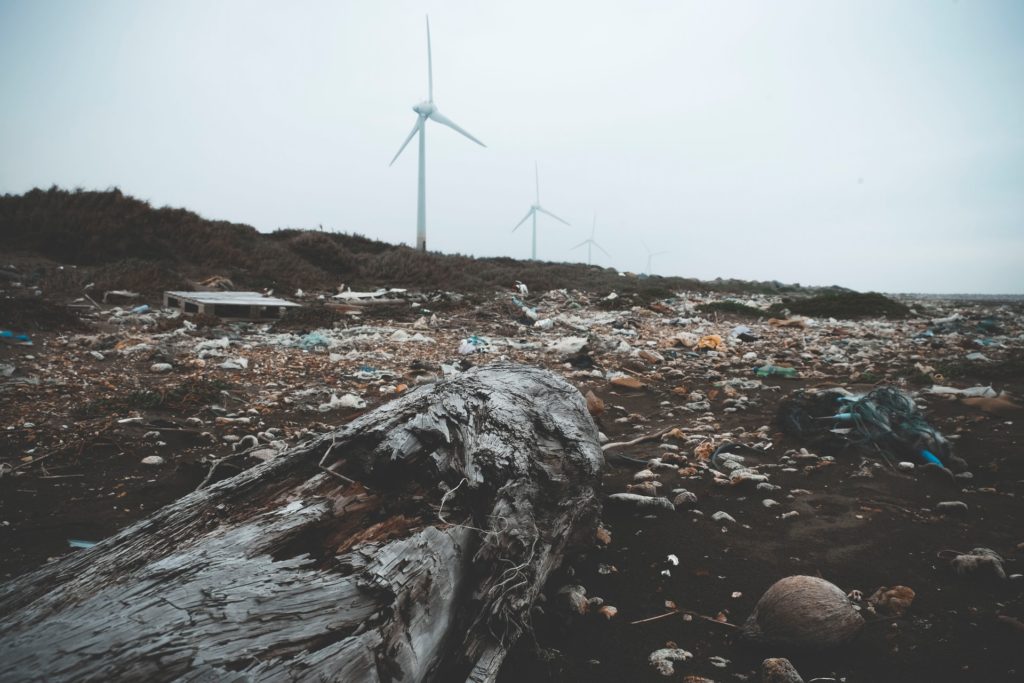
What Are Some Ways To Capture Environmental Photography?
Environmental photographs can be created in many ways such as portraits, and other location photographs.
Environmental Portrait Photography
Environmental portraiture is not the normal portraiture you capture for business purposes. Environmental portraits, depending on the scenario, can be done for artistic purposes or to address issues of a certain community, group, etc., and the most important factor to keep in mind is to use a wide lens, for example, 35mm or 50mm and then photograph your subject along with the environment they live in or work in. The surrounding environment will play a huge role in the storytelling part of the photograph.
Scout locations and find subjects that suit the story you are planning to tell. There is no bad light for environmental portraits because you need to document the truth, in the light your subject lives or works in. Give importance to the composition for powerful photographs.
Environmental portraits can be posed or candid, and it can be most of the time left to the choice of the subject and how they feel about it. Pay attention to the background and include it to add to the story. Never force someone to be your subject or to pose in a certain way. Shoot in aperture values like f/5.6 or f/7 to get some of the background details in the photos.
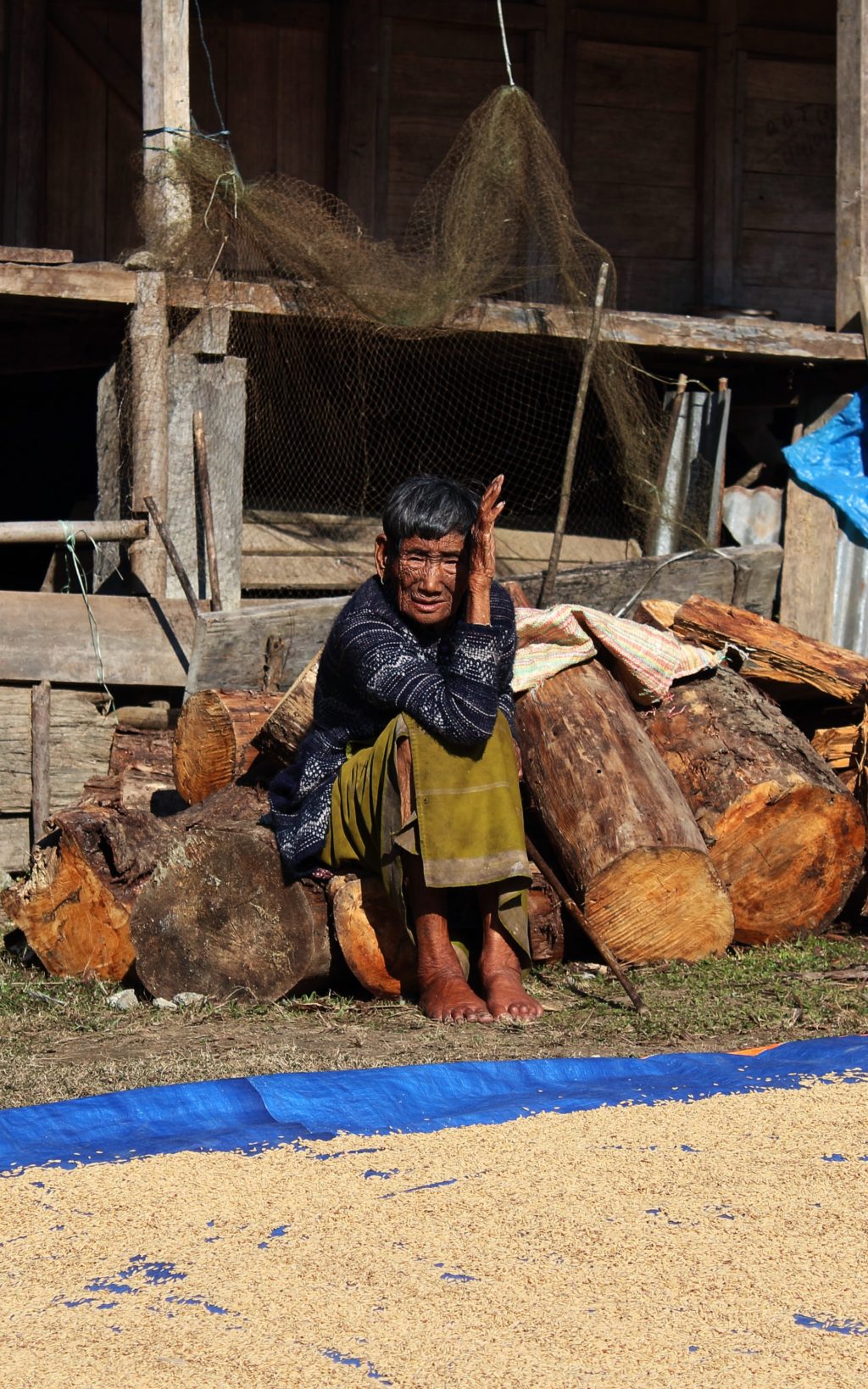
Resources On Environmental Portraits:
Here are more resources that go into more details in capturing an environmental portrait.
- The Difference Between Environmental Portrait And Portraiture
- 5 Things You Need To Know To Capture Engaging Environmental Portraits
- Knowing About These 8 Photographers Will Help You Understand Environmental Portraiture
- This is How to Get Better Environmental Portraits
- 7 Tips for Better Environmental Portraits
Environmental Exposure Photography
When you want to create exposure of environmental issues with the audience, there is a wide range of environmental issues and scenes that you can photograph through a particular type of photography. Here are some of them:
- Marine life – environment is not only about what you see around you on land, but what you do on land has a huge impact on marine life. Documenting life underwater can help bring awareness to the people and help educate them on what actions need to be taken.
- Wars and conflicts – all through history, many war photographers have documented life and happening during periods of war. Without this, we would have very less knowledge of what actually happened during that time period.
- Culture and traditions – most of the culture and traditions of ancient times are at the point of disappearing and are not known by many. Capturing and documenting these traditions and cultures can be educational for future generations.
- Natural history – photographing the flora and fauna during a period will help to study their nature, behaviour, change in population and help take necessary actions to protect and preserve if needed.
Here are more areas that can be covered under environmental photographs:
- Social and environmental issues
- Human rights
- Tribes in remote part of the world
- Migration
- Wildlife photography
- Ecology
- Impact of industrialisation and development
- Illegal mining
- Droughts
- Climate change
- and many more…

Project Vs. Single Photograph
Working on an environment-related photography project or conveying the message through a single image, really depends on the photographer. There are different approaches to both methods and both require different working methodologies.
When looking deep into most environmental issues, it can be really difficult to summarise the message into one photograph. Situations like these will require more photographs accompanied by a photo essay to give context, help with understanding, add depth to the situation, and portray the problem from various perspectives. Most of these projects may take weeks, months, or even years to complete.
Gear And Camera Settings
When photographing the environment, it is important to make sure that you have the right gear and use the right camera settings. By right gear, we do not mean exclusive and expensive gear. Here are some ideas for successful environment photography with the help of the right camera and settings.
- What camera do you need for environment photography? Any camera that you have, including your smartphone, is enough for capturing successful environment photographs. If you can use manual settings, then it is great.
- If you have permission, a drone can be a great choice to get an overview of an environment at a particular time or over a period of time.
- It is good to have a camera that allows for manual settings if possible, so you can be creative with aperture and shutter speed.
- If you can change lenses, then that will be an advantage as you can use the right focal length to get realistic images for a particular situation you are working on. The most desirable focal length for environmental photography is the 35mm lens, but you can go wide up to 18 or 24mm if it is required for showing a grand scene.
- Pay attention to the depth of field when capturing environments, especially environmental portraiture. Do not use shallow depth of field because you need to show the environment in the photo. Use aperture values between f/5.6 and f/7.
- When photographing vast landscapes or other scenes, you can narrow down to between f/11 or even f/16 to get the entire scene in focus. This depends on where you set the focusing distance. Focusing one third into the scene will help you get the entire scene in focus. Make use of hyperfocal distance if that is something that you are experienced with.
- Shutter speed should not be slower than 1/focal length taking into account the crop factor. If for creative purposes you need to capture movements, then use slower shutter speeds depending on the story you have visualised.
- Set the iso based on the aperture and shutter speed values set above and shoot with the right exposure set on the camera.
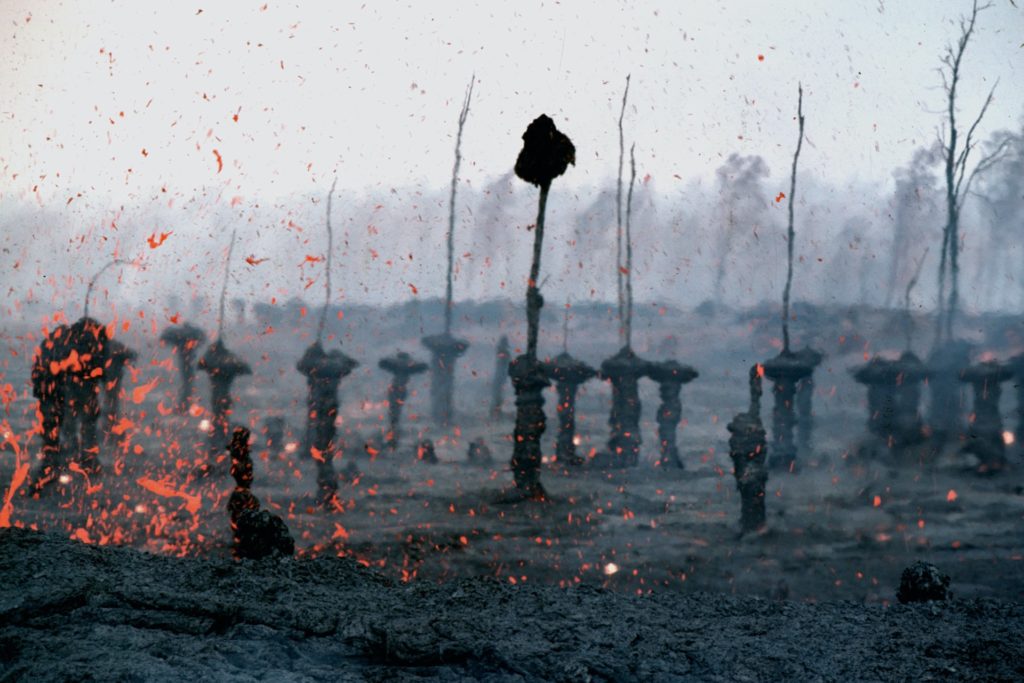
Tips For Environmental Photography
Environmental photography is not a complicated form as some might think. If you are a photographer, then from experience you will be able to compose powerful environmental photographs that can create a huge impact on the audience. Here are some tips to keep in mind for environmental photography:
- Start closer to your home. There may be so many places and issues that are not documented or well documented yet.
- Do not just focus on the subject closely when photographing for environment photography. Move back and frame the environment and its surroundings. This will help to create impact, portray more of the story in a frame and help make it complete. For example when capturing environmental portraits, do not just focus on the subject closeup. You need to get the surroundings in frame to complete the story.
- Give attention to compositions and perspectives when shooting environment photos. This can create a huge impact in delivering a powerful story.
- Environmental photography can create a huge impact and emotion in people's minds. So do it well. You can even publish the story in blogs, newspapers and other local government websites.
- Publish your photos in a way that it calls for action. You could post pictures with relevant stories along with some ideas on how the situation can be improved.
- Use the right camera settings and gear for environmental photography.
- Lighting is another important factor for all kinds of photography. Make sure you use the lighting available in the location and use it to the best advantage to get the mood of the story you are capturing.
- Do not be biased. When there is a divisive perspective, make sure you tell both sides of the story. This is important for analytical purposes and in decision making.
- Even a quick shot of a passing by location can be a starting point to environment photography.
- Be in good conduct when photographing the environment – tread softly. Follow the rules and regulations of the areas and also look after your own safety.
- Do not disturb or cause damage to any flora and fauna in the environment.
- Do not wander off into areas that you are not allowed to. They may be protected or prohibited for a reason.
- If you are photographing animals or birds, stay very far at a distance that will not disturb them. Also avoid wearing bright clothing, shoes and camera bags.
- In order to make the story more compelling, include humans, animals, birds in the photo to show the impact, so you can better communicate your story visually.
- Share your images with like minded people, in groups, platforms and other media that will add exposure and bring in encouragement for action.
- Follow environmental photographers and their work to get an understanding of how they work and how their work plays a significant role on the environment.
Here is a video from TEDx Talks, that will give you a good insight into environmental photographs. You will also understand the importance of why they are taken.
The environment we live in is fragile and is something that needs to be preserved for future generations. By photographing the environment and using it to educate people and call for action, you as a photographer can create a huge impact on healing and preserving the environment.
Have you captured environmental photographs? What was the purpose? Are there some tips and experiences that you can share with us? Please do so in the comment section below!
Further Resources:
- The Difference Between Environmental Portrait And Portraiture
- 5 Things You Need To Know To Capture Engaging Environmental Portraits
- Knowing About These 8 Photographers Will Help You Understand Environmental Portraiture
- How to Spice Up Your Portraits by Including the Environment
- This is How to Get Better Environmental Portraits

